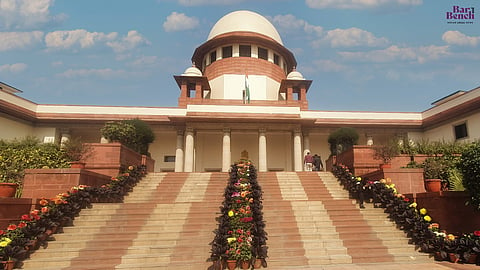
- News
- Columns
- Interviews
- Law Firms
- Apprentice Lawyer
- Legal Jobs
- हिंदी
- ಕನ್ನಡ

A petition has been filed before the Supreme Court by leaders of various opposition parties in Assam challenging the methodology adopted by the Election Commission of India (ECI) to undertake the process of delimitation in the State.